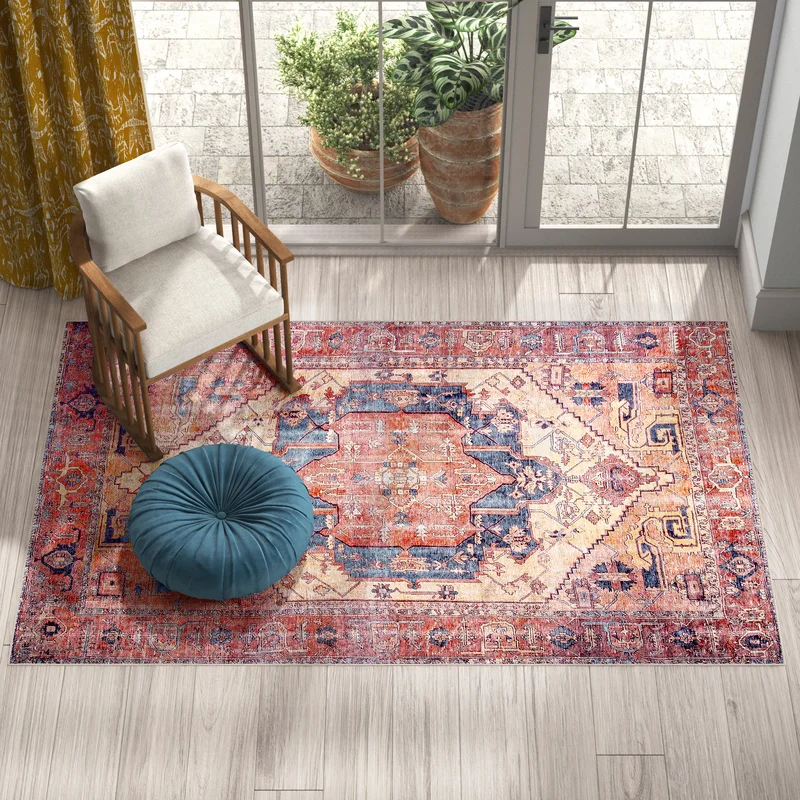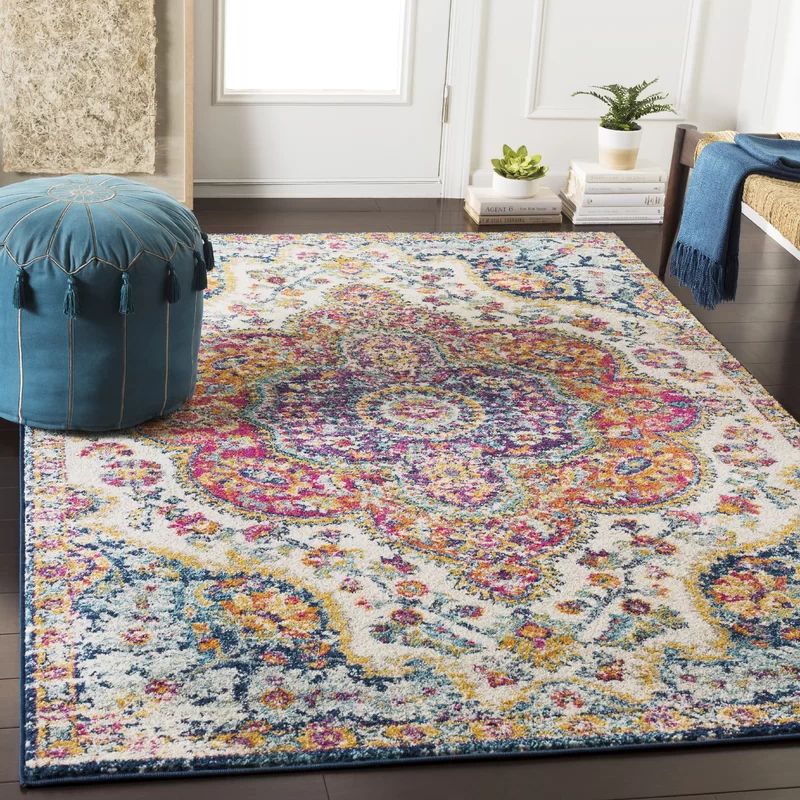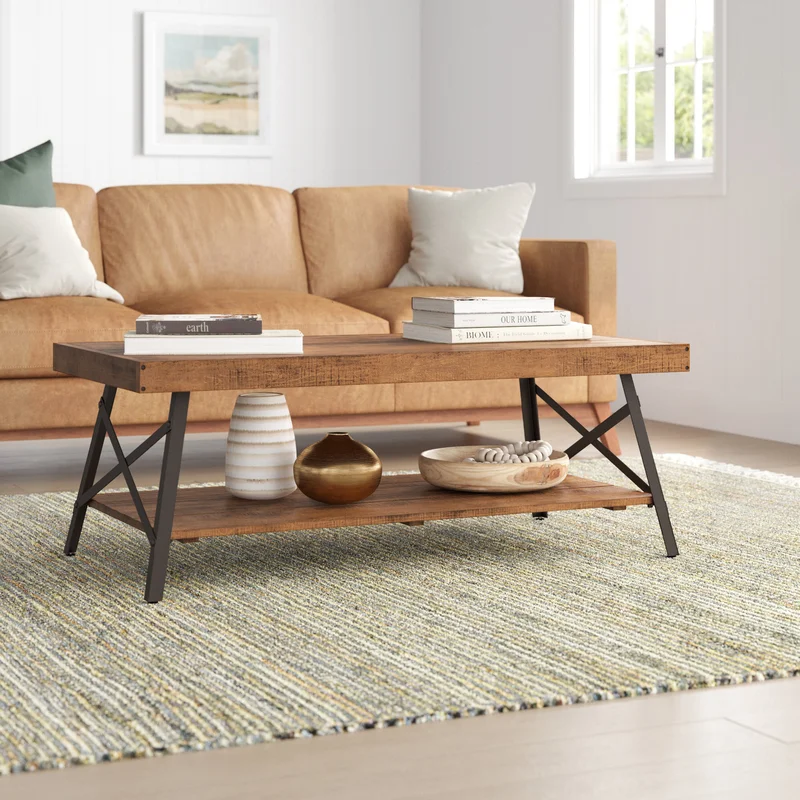A rug can significantly enhance a room’s visual appeal. Whether placed in a hallway or across a living room, it adds warmth and comfort. Teh rug’s texture and material greatly influence the space’s overall style. However, covering a large area requires careful furniture placement and extra cleaning.Before adding a rug to your living room, consider the pros and cons to make an informed decision.
Pros
Great Insulation Material

Rugs effectively warm your feet during winter. Just like wrapping yourself in a blanket, warming your feet provides significant comfort. This makes rugs a great addition to your living room floor. They also maintain a cozy atmosphere without needing extra textiles.
Inviting Vibe

A rug makes a living room more inviting. It might be a final design consideration, but it significantly impacts how people feel. rugs simplify design by highlighting furniture and elements. The living room is a central space, so making it collaborative is essential. A welcoming environment greatly influences the overall impression of the home.
Concealing Imperfections

Repairing uneven or faulty flooring can be costly and time-consuming. A rug offers a cheaper alternative to remodeling. Sometimes, repairs must be done entirely, not in sections. Smart choices maximize your living room’s potential. A rug hides imperfections, making the space look perfect without extra effort or expense.
Increase the Safety

Homes with kids and pets benefit from rugs, especially with hard floors. Rugs allow them to move around safely. Slippery floors are less of a concern as rugs provide grip. while tiles and wood are appealing, they can be hazardous when wet. As the busiest area, the living room should ensure everyone’s safety. Rugs offer better grip and a warmer surface for sitting and walking.
Sets Boundaries

In open floor plans, defining zones without walls can be challenging. Rugs offer a cheaper alternative to dividers. They create cozier, more private spaces than extra furniture. Rug edges define floor space boundaries, whether sharp or curved. Save money by using a rug instead of building walls. It’s a smarter, more affordable solution.
Sound Absorption

Hard or soft flooring can create noise from walking or playing. Area rugs significantly reduce sound absorption.They minimize noise during activities. Imagine walking in heels on your living room floor; the sound echoes unless you remove them. Rugs absorb sound, ideal for multi-story buildings. They effectively soundproof floors.
Rectify Visual Impact

In open-plan living rooms with consistent color and material flow, a rug breaks the continuity. It highlights the living room. Use different colors and designs for rugs in different areas to create unique spaces. Each space should highlight visual impact with versatility. A living room rug enhances the existing design, acting as a focal point due to its distinct texture and design.
protects Wooden Floors

Protect your floors from creases and breakages to avoid frequent replacements. Use a rug to safeguard flooring materials. Choose a high-quality rug to enhance your floors. Avoid cheaper options that scratch easily, damaging the floor. Larger rugs offer better protection, especially in high-traffic areas like the living room. This reduces the need for repairs. Homeownership involves maintenance and repairs, so preparation is key.
Cons
Receptive to Fire

Too many textiles can increase fire risk. Rugs are highly flammable. Fire is a common household accident, so prevention is crucial. Even with pre-engineered floors, rugs can quickly spread fire. Keep rugs away from fireplaces, candles, and plugs. Rearrange the layout to prevent accidents.
Accumulates Dust
While rugs look elegant, preventing dust accumulation can be challenging. Dust gets trapped in the fibers and is hard to remove, requiring regular maintenance. Poorly cleaned rugs can harm the health of residents and guests, especially children. If maintenance is too demanding, consider alternatives.
Additional Maintenance

Rugs need more maintenance than curtains or sheets. They require deep cleaning to prevent health issues. Vacuuming is essential to reach the fibers. Rugs can absorb kilos of dust yearly, possibly affecting respiratory health, causing allergies, and disrupting sleep. consider these health disadvantages.
Absorbs Smell

Rugs absorb odors more than curtains. Textiles readily absorb smells. Air fresheners might not eliminate lingering odors.
